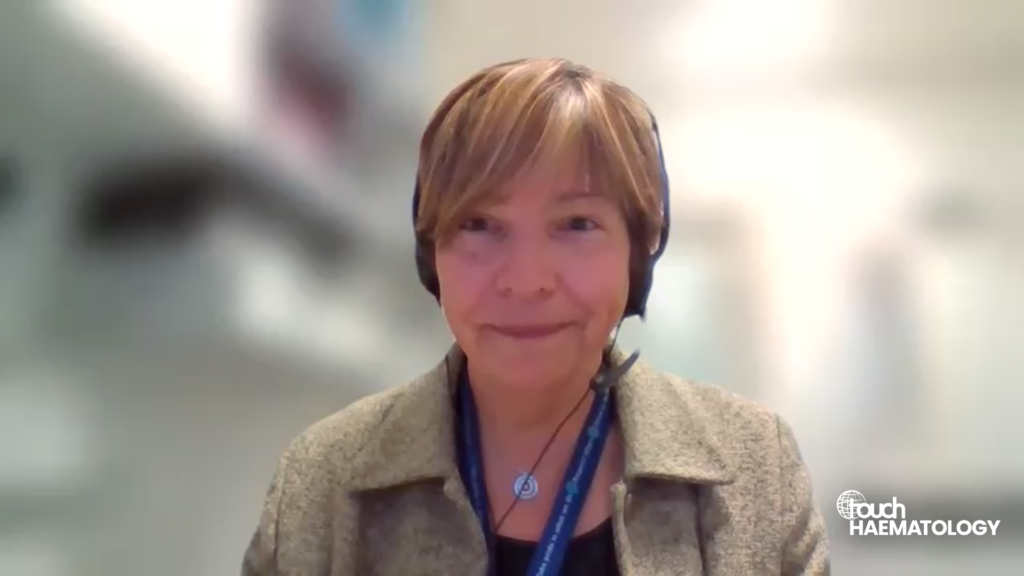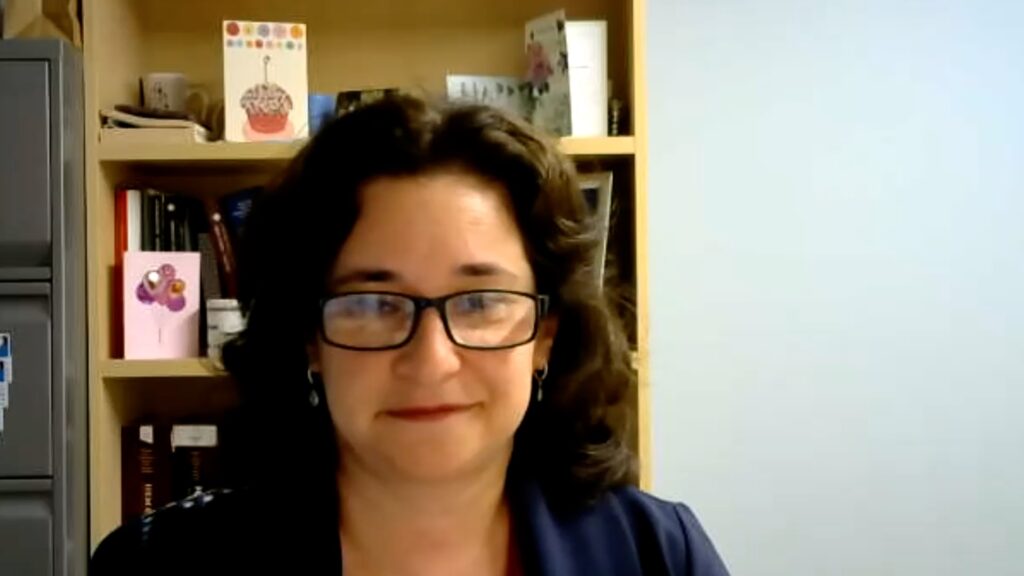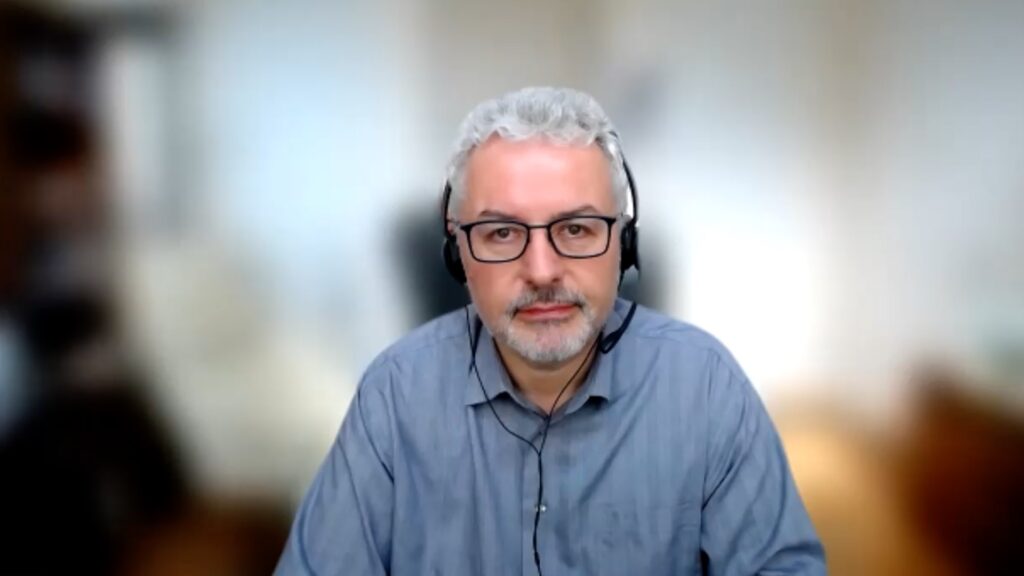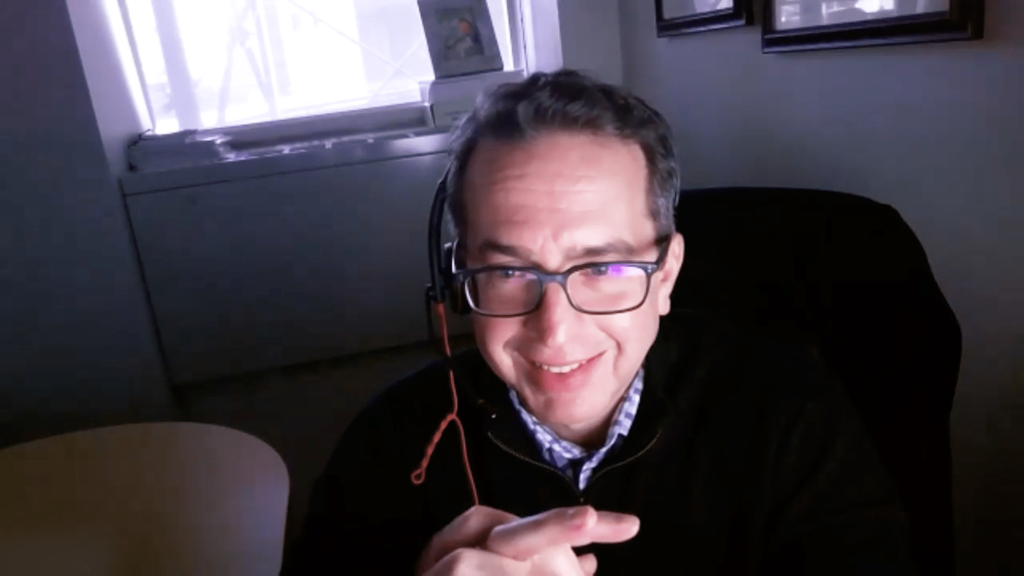Myelofibrosis is a myeloproliferative disorder that leads to severe anaemia and splenomegaly, there is an unmet need for targeting anaemia in the current treatment options for myelofibrosis. In this touchHAEMATOLOGY interview, we spoke with Dr. Srdan Verstovsek (The University of Texas MD Anderson Cancer Center, Houston, TX, USA) around the main challenges of managing myelofibrosis-related anaemia and the emerging treatment options for patients with myelofibrosis.
Questions
- What are the main challenges of managing patients with myelofibrosis-related anaemia? (0:12)
- What other emerging treatment options for patients with myelofibrosis are you excited to learn more about over the coming year? (1:54)
Disclosures: Srdan Verstovsek has nothing to disclose in relation to this video interview.
Support: Interview and filming supported by Touch Medical Media. Interview conducted by Victoria Jones.
For more content on myelofibrosis visit touchONCOLOGY here.
Transcript
What are the main challenges of managing patients with myelofibrosis-related anaemia? (0:12)
Myelofibrosis is progressive myeloproliferative neoplasms of the bone marrow, which manifests itself through the three cardinal problems and one of them is the anaemia, the second is a progressive worsening in the general systemic symptoms, this is night sweating, low grade fevers, itching in others and then symptomatic splenomegaly. While we have JAK inhibitors approved for control of the spleen and symptoms, we have no therapies for anaemia. Anaemia can be present in about a third to a half of the patients at the time of diagnosis, and it worsens over time. After one year, more than half of the patients are anaemic and by a couple of years of living with myelofibrosis, two to three years later, a majority of the patients, a great majority of the patients are anaemic, and many are requiring transfusions. So much so that after therapy with the front-line JAK inhibitors like ruxolitinib, in a secondary setting, almost one third to 40% of patients are transfusion dependent. That’s a problem for us all and can compromise the delivery of already approved drugs and does not provide satisfactory control of this cardinal problem. So, developing new drugs, particularly in the secondary setting and after a start with the regular JAK inhibitors that we have around as the first choice. The invention of anaemia drugs would drastically change our therapeutic approach to patients with myelofibrosis. So, it’s one of the areas of unmet need where a majority of the patients would benefit from such a development.
What other emerging treatment options for patients with myelofibrosis are you excited to learn more about over the coming year? (1:54)
If we are in a good position to consider that momelotinib will become a drug of choice for anaemic patients, with its role in some patients in front-line setting and in the majority of patients in the second setting, we wonder what is the next step? And the next step is development of medications that can be combined with the JAK inhibitors, and this is being done already in many areas for an ability to control the spleen, symptoms and anaemia even more. I would expect the development of doublets as the next obvious step to enhance what we do right now with the current medications. But also, there is an area of unmet need beyond the JAK inhibition. If momelotinib becomes approved on top of fedratinib and pacritinib in the United States, we still wonder what can be done after JAK inhibitors. So, two areas of unmet need, boosting what the JAK inhibitors do, adding an agent to it, and then developing agents that have a completely different mode of action to have for the patients when JAK inhibitors don’t work anymore. It’s an exciting time in the myelofibrosis field with more drugs being approved and more knowledge about biology being transferred to the development of specific drugs, with a different mode of action, that can help the JAK inhibitors and develop new strategies after JAK inhibitors.
Subtitles and transcript are autogenerated.







